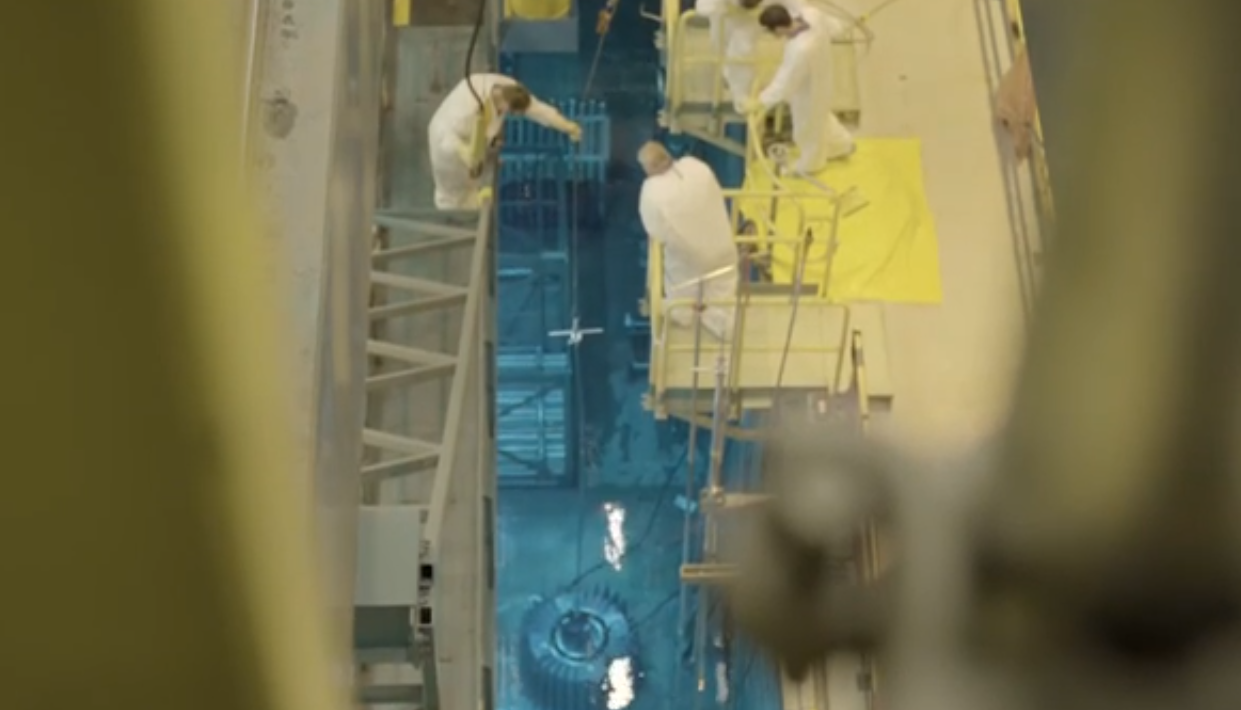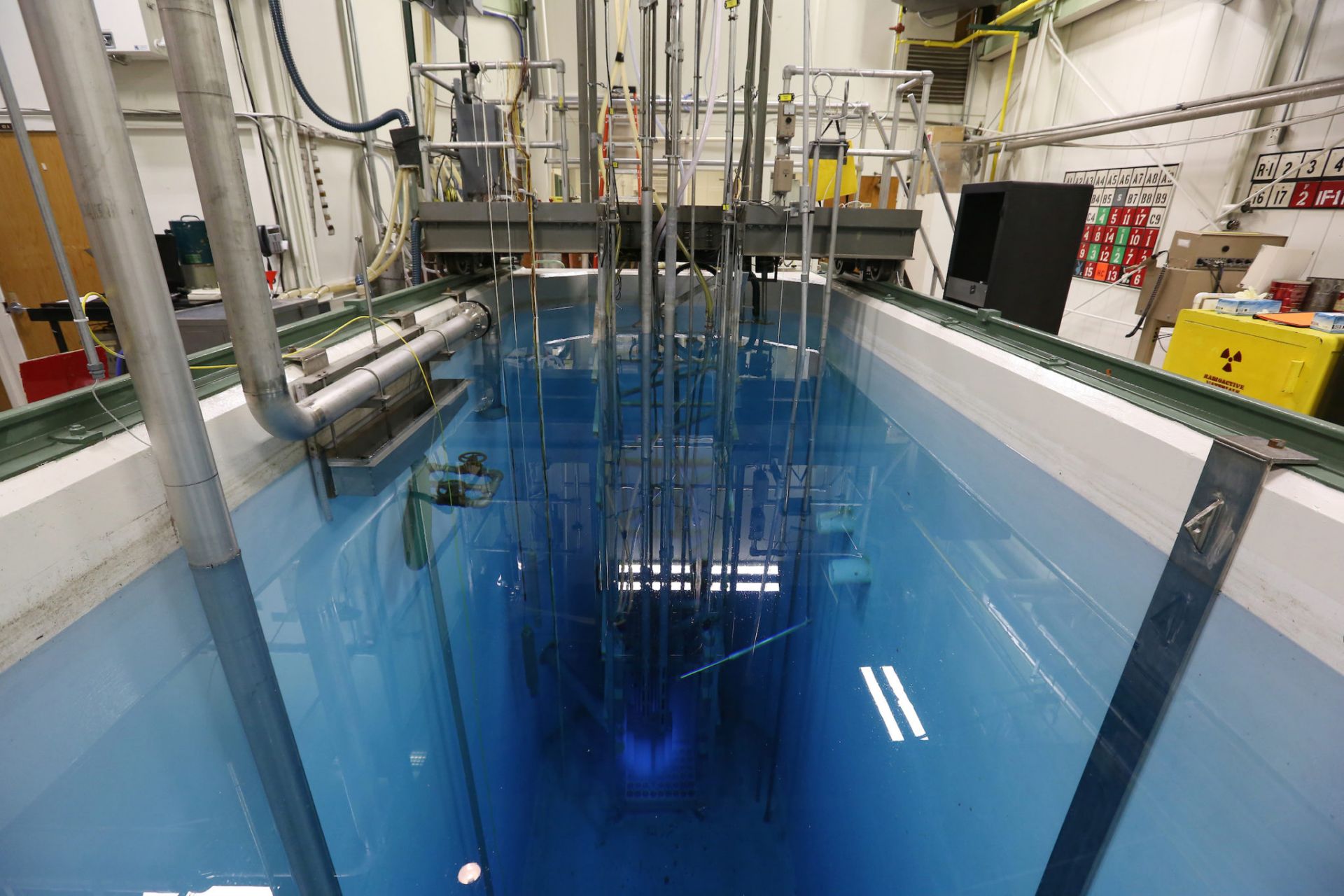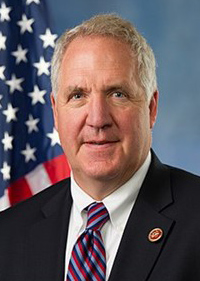Robotics at Palo Verde
The plant’s Program Engineering Department head has overseen significant new technology implementations for maintenance.
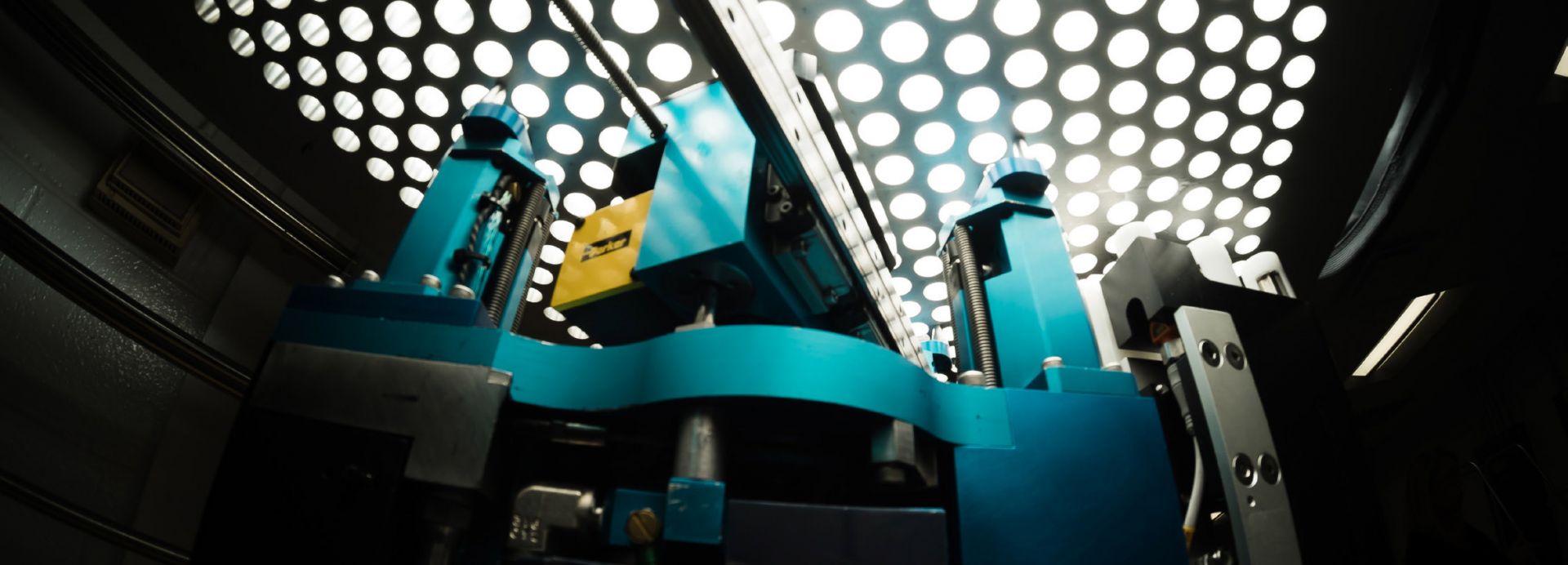
The Zephyr system uses probes for steam generator inspections. Photos: APS
The Palo Verde Nuclear Generating Station, a three-unit pressurized water reactor plant operated by Arizona Public Service Company, has started using an inspection technology relatively new to the nuclear industry. The technology, called smart pigs (an acronym for “piping inline gauges”), has previously been employed by oil and gas companies for inspecting and cleaning underground pipes. After testing and analyzing smart pig products from several companies, Palo Verde’s underground piping consultant, Dan Wittas, selected a smart pig suitable for navigating the tight-radius bends in the plant’s spray pond piping. The spray pond system consists of piping, a pump, and a reservoir where hot water (from the Palo Verde plant) is cooled before reuse by pumping it through spray nozzles into the cooler air. Smart pigs work by using the water’s flow through the piping to move an inspection tool within the pipe itself. The technology replaces the previous method of pipe inspection, in which various relatively small sections of piping were unearthed and directly inspected, and were considered to be representative examples of the overall piping condition. In contrast, the smart pigs obtain corrosion levels for the length of piping traveled through and allow a corrosion baseline to be established.



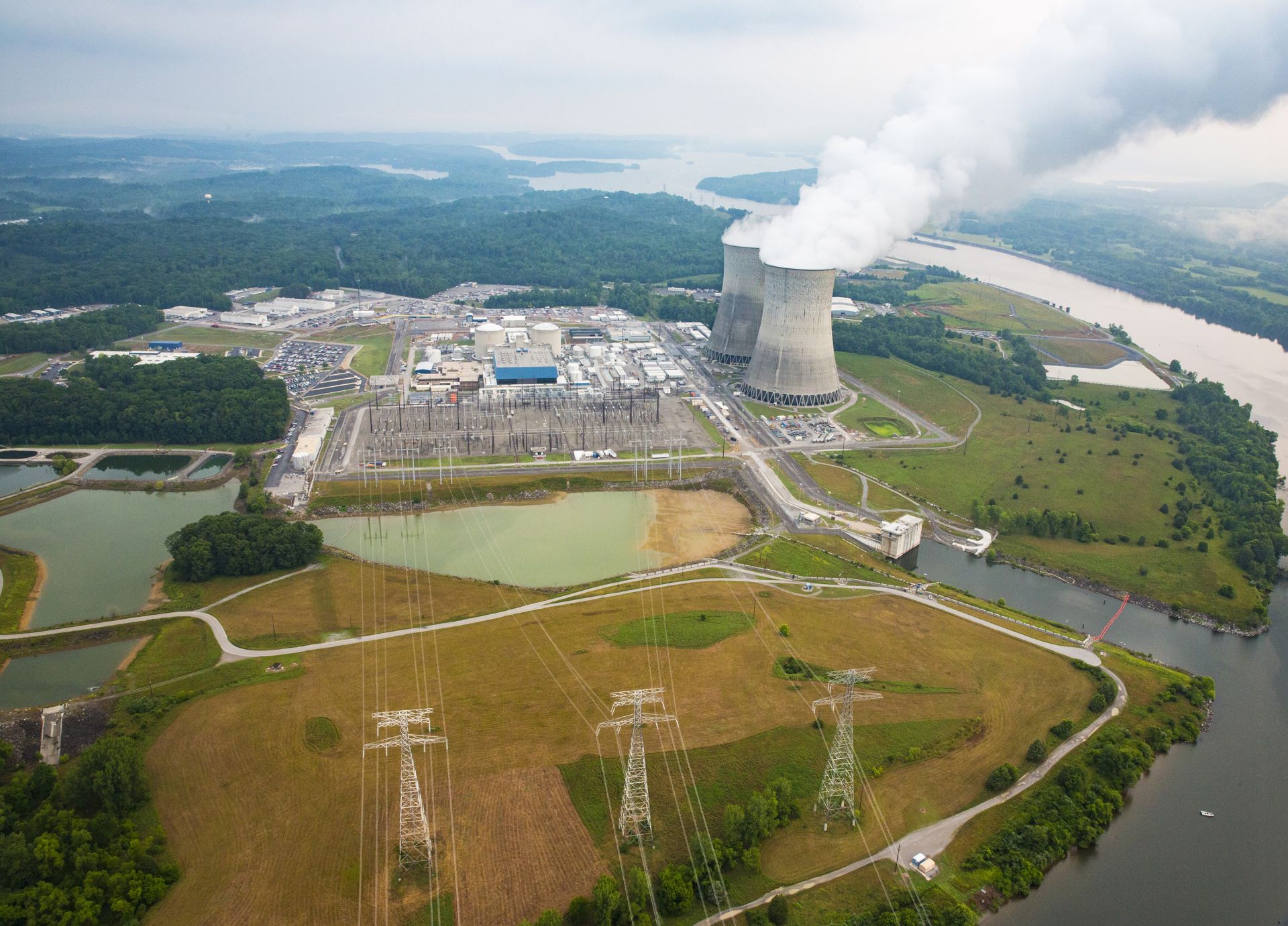
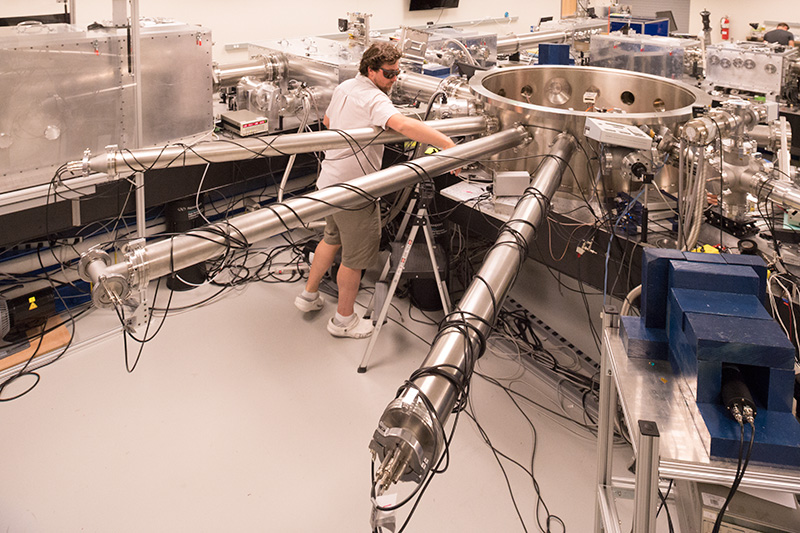
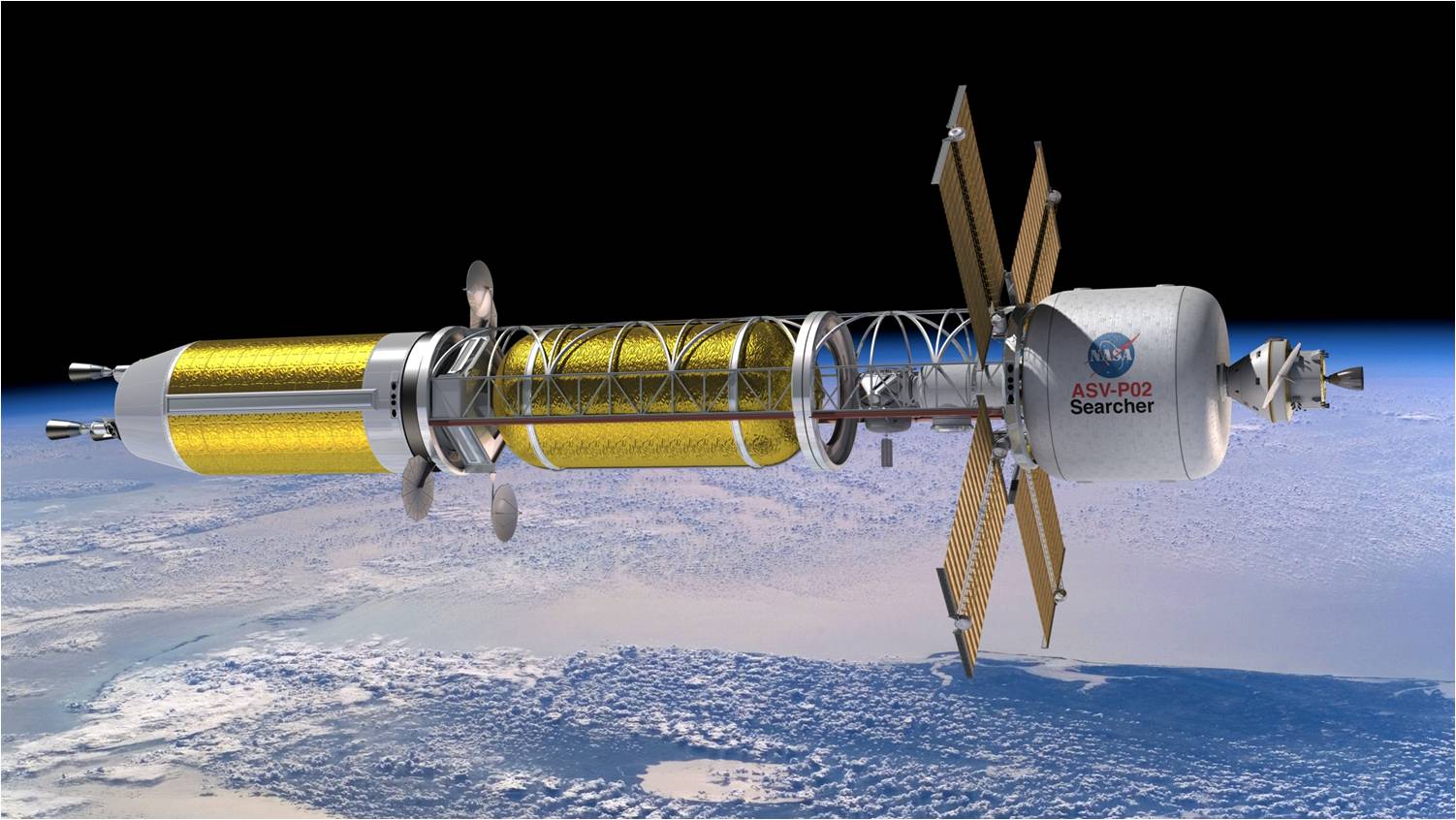
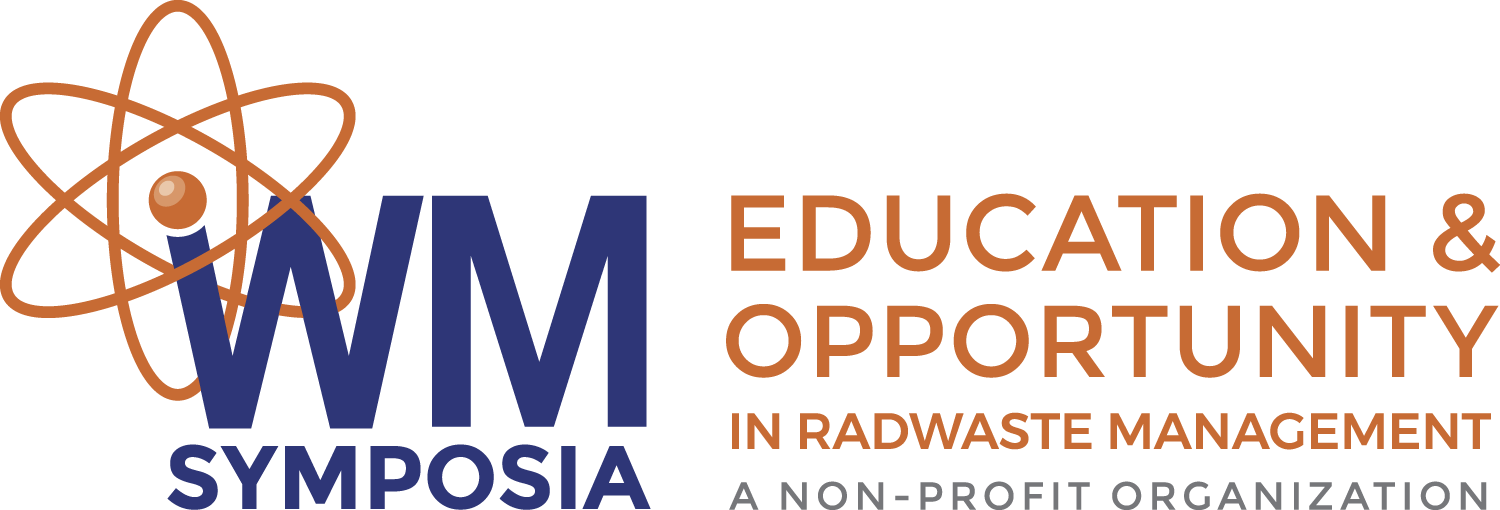 Waste Management Symposia, which hosts the Waste Management Conference every year in Phoenix, Ariz., announced on October 23 that it is putting an increased emphasis on funding scholarships at historically black colleges and universities (HBCU) and at institutions near Department of Energy sites. The organization said that the funding is part of its continuing effort to help the DOE and the nuclear industry develop the workforce of the future.
Waste Management Symposia, which hosts the Waste Management Conference every year in Phoenix, Ariz., announced on October 23 that it is putting an increased emphasis on funding scholarships at historically black colleges and universities (HBCU) and at institutions near Department of Energy sites. The organization said that the funding is part of its continuing effort to help the DOE and the nuclear industry develop the workforce of the future.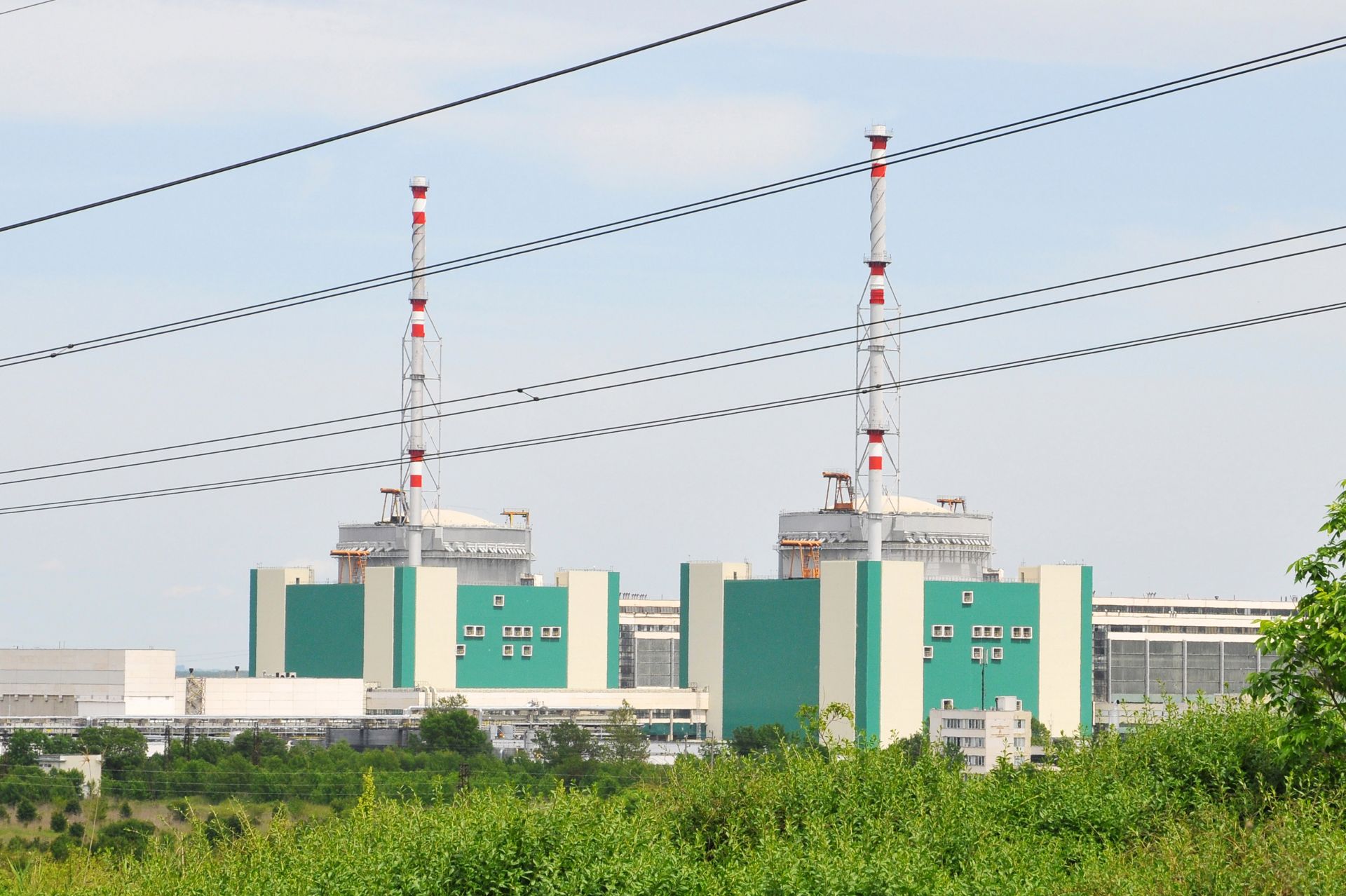
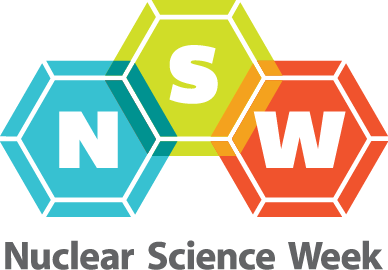 Nuclear Science Week (NSW) is a celebration designed to focus local, regional, national, and international interest on all aspects of nuclear science. National events marking the 11th annual NSW took place October 19–23 in Washington, D.C. This year’s theme was
Nuclear Science Week (NSW) is a celebration designed to focus local, regional, national, and international interest on all aspects of nuclear science. National events marking the 11th annual NSW took place October 19–23 in Washington, D.C. This year’s theme was 